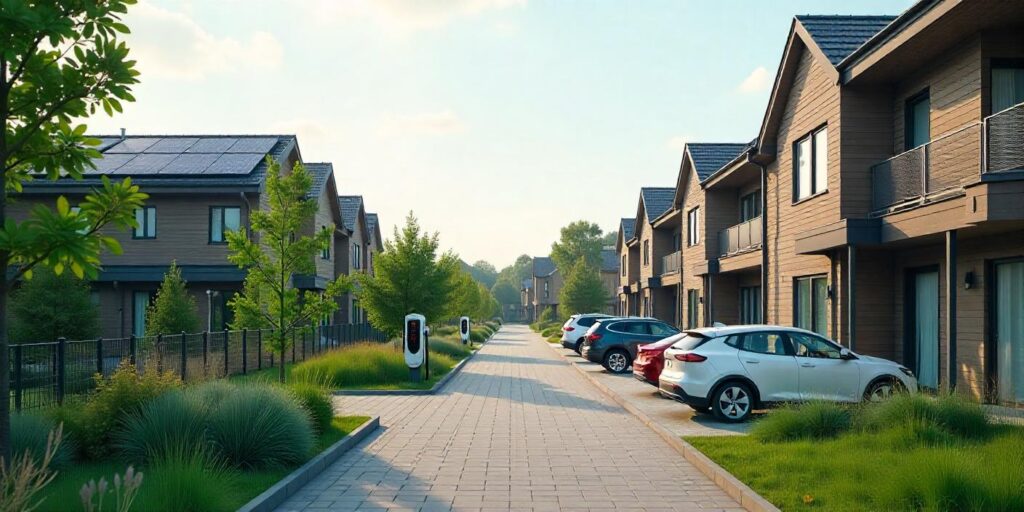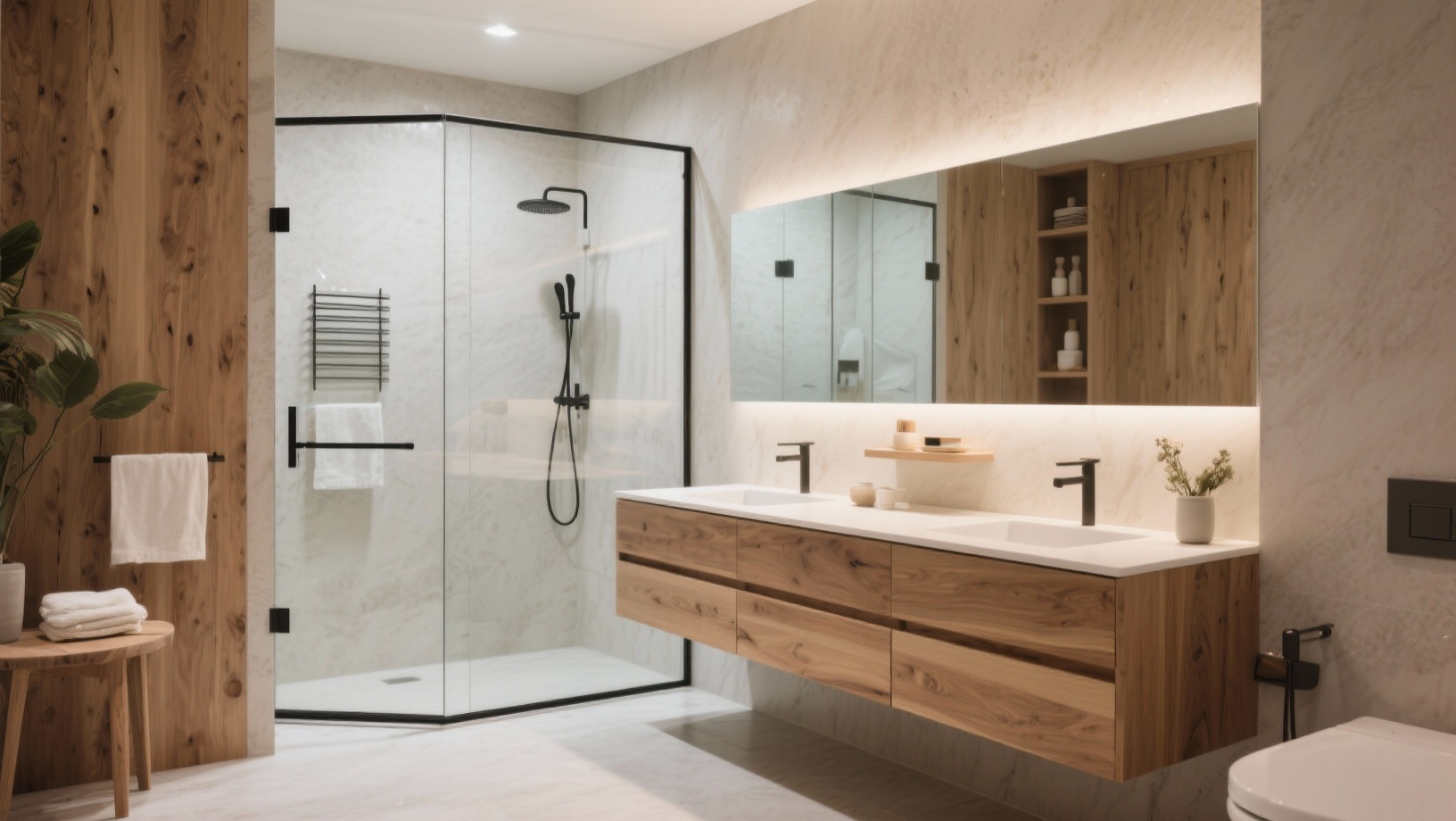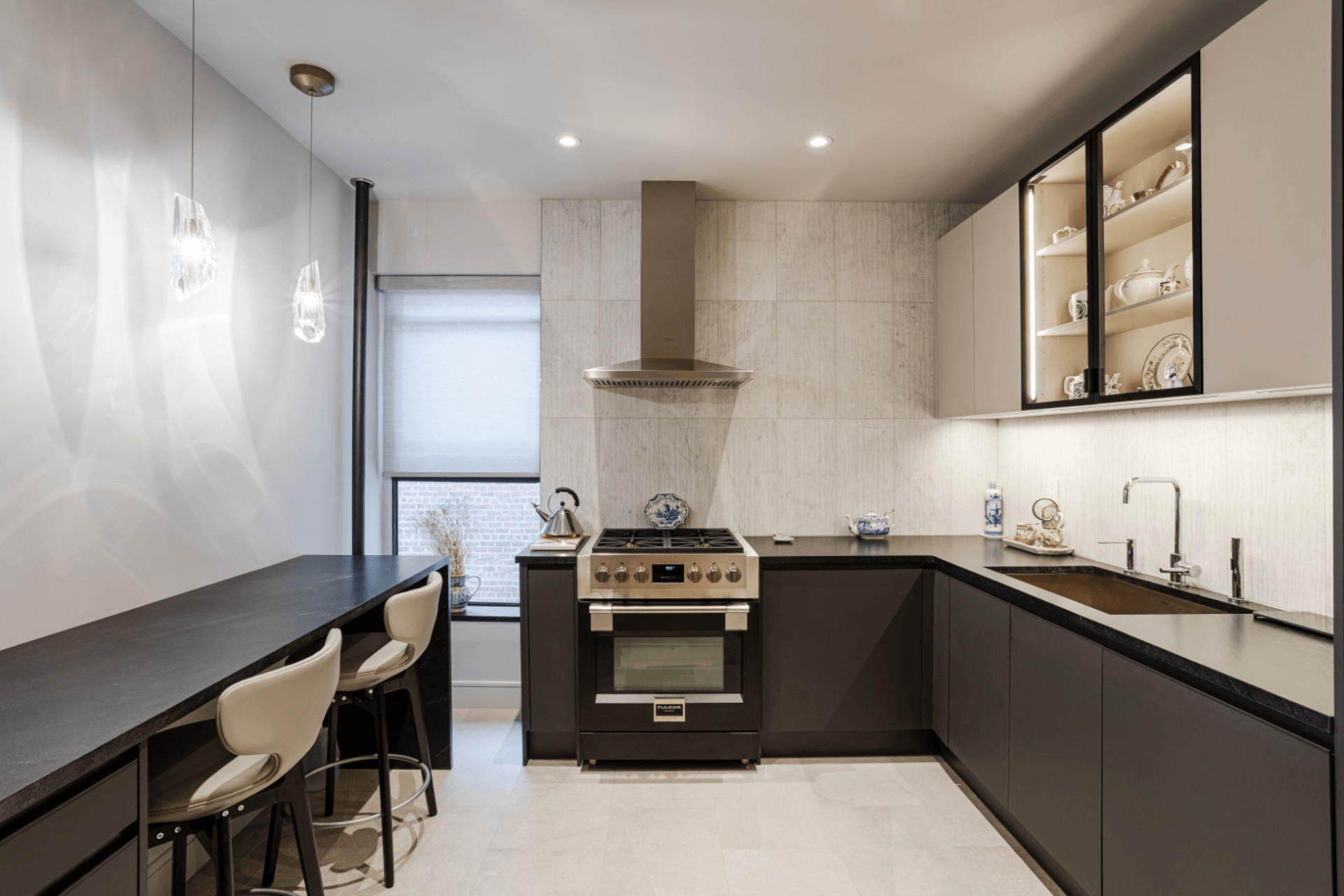Building stronger communities through shared spaces in Johor is a good way to create a group of people that is cohesive and well bonded. There are many ways to create a strong community within the neighbourhood. Read more to know some of the best ways to do so.
Building Stronger Communities 1: Create Community Hubs And Multi-Purpose Centres
One of the most effective measures for creating more cohesive communities using shared spaces in Johor is by setting up community hubs and multi-purpose facilities. These facilities create inclusive common areas where different individuals can congregate, mix, and engage in activities to enhance social bonding.
They cater to the diverse community needs by providing educational seminars, exercise programs, art and craft classes, and mental health services, thereby fostering a sense of belonging. In places like Johor Bahru, community centres may be included into current public venues such libraries, community halls, or even converted stores. Flexible arrangements can turn these spaces to hold everything from cultural events to town hall meetings.
Including areas for youth programs, seniors' care activities, and parent-child bonding sessions helps to guarantee that all ages are represented and involved. These centres become more pleasant and useful when easily reachable sites close to public transportation and walkable communities abound. Designed with community involvement, these hubs transform into icons of shared identity and pride as well as simple service providers. Multi-purpose centres restore the social fabric in a rapidly urbanising state like Johor where social isolation and fast development can cause disconnection among people.
They promote civic involvement, improve local connections, and create a stage for grassroots projects to bloom. These community-centred areas eventually turn common surroundings into fertile ground for trust, cooperation, and long-lasting relationships among Johoreans.
Building Stronger Communities 2: Build Co-Working And Creative Spaces
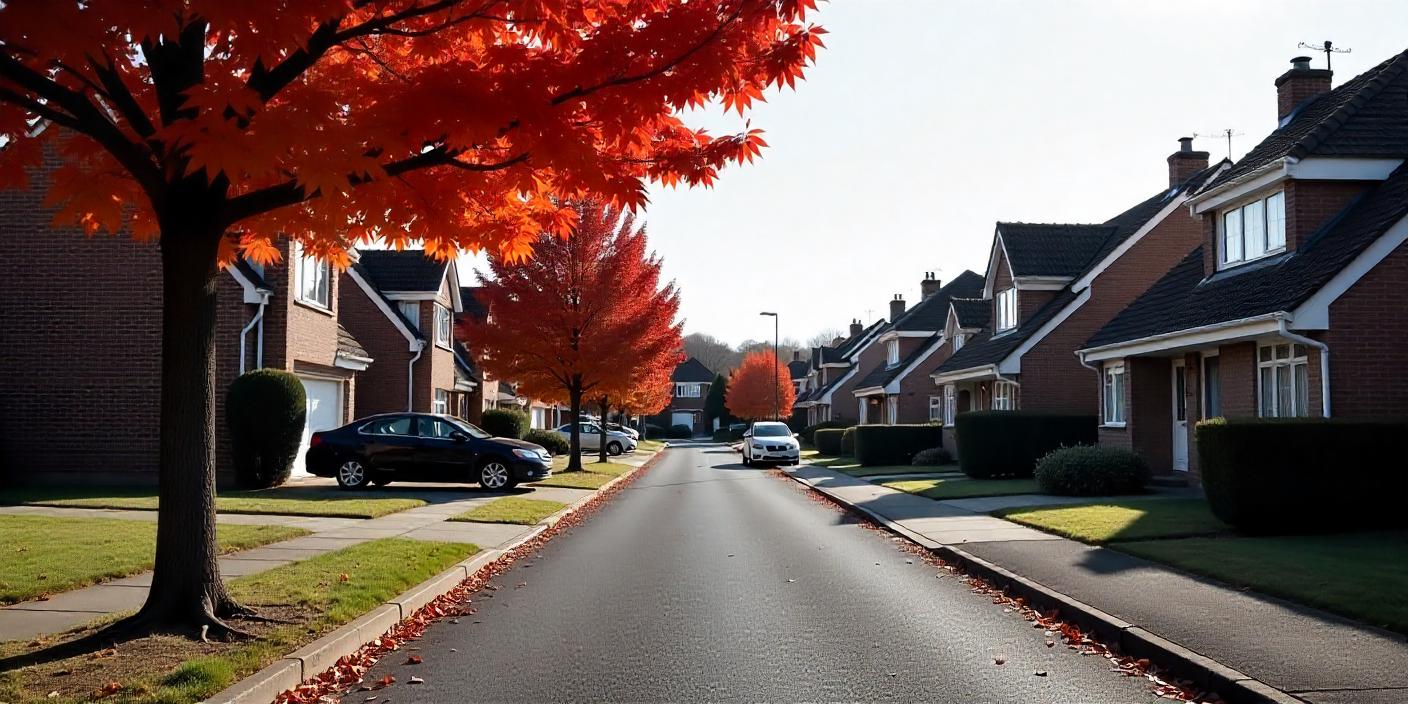
Creating co-working and creative centres that act as inclusive, group collaboration settings is one effective way to strengthen communities across shared spaces in Johor. These spaces are social and professional environments where freelancers, entrepreneurs, creatives, and locals can gather to network, work, and mentor one another as well as share tables and internet.
In city centres like Iskandar Puteri and Johor Bahru city centre, co-working spaces could bring together different communities through the platform of skill-swapping workshops, public lectures, mentoring sessions, and collaborative projects. Exhibitions, performances, and courses that not only inspire residents but also highlight local talent and culture may be held in creative spaces such art studios, maker labs, and music rooms.
@ampquartzcabinets Nak kabinet tinggi kena ada storage macamni senang nak letak barang 😍 #AmpQuartz #KitchenCabinet #KitchenStorage #StorageBasket #CustomCabinet #JohorBahru #fyp #fypage #fyppppppppppppppppppppppp #jj
♬ original sound – AmpQuartz – AmpQuartz
Offering a feeling of belonging and collaborative development, these hubs help to alleviate the loneliness sometimes felt in creative endeavours or distant employment. By offering low or subsidised access to amenities and tools, these places can particularly empower underprivileged populations, young entrepreneurs, and ambitious artists who might not have access to conventional corporate infrastructure. Incorporating these places into repurposed structures, residential projects, or libraries guarantees access and reawakens neglected downtown regions.
Co-working and creative spaces in Johor may become drivers of economic growth, social innovation, and closer community ties if local governments and private sector partners provide appropriate support; hence, they are an absolutely necessary component of the plan for more linked and resilient communities.
Building Stronger Communities 3: Revitalise Public Parks And Open Spaces
A great approach to create better communities via shared spaces in Johor is to modernise public parks and open spaces. These green spaces are natural meeting spots where people from many walks of life may meet, engage, and create a feeling of belonging.
With appropriate improvements, parks in Johor such Hutan Bandar, Taman Merdeka, and Danga Bay offer great possibilities to be active community centres. Public use may be greatly raised by enhancements including clean and easy restrooms, shaded seating, child-friendly play zones, and better lighting. Including outdoor gyms, running paths, and open-air event spaces provides a great spectrum of activities accessible to everyone.
Regularly scheduling community activities such fitness classes, weekend markets, cultural performances, and environmental awareness campaigns helps to activate these locations and promote ongoing community involvement. Maintenance and planning of these spaces allow local residents to feel a sense of pride and ownership. In addition to enhancing beauty, city greenery projects such as tree-planting with local flora, vertical gardens, or butterfly and bird-friendly habitats enrich the environment. Further, accessible parks with sensory gardens and ramped trails guarantee that everyone, irrespective of ability, can enjoy the environment.
Thoughtfully designed and preserved, restored parks offer more than recreation; they provide public spaces for civic engagement, cultural exchange, and social interactions. Investing in well-designed public parks and open spaces is crucial as Johor urbanises to encourage linked, strong, and physically fit communities.
Building Stronger Communities 4: Promote Urban Farming And Community Gardens
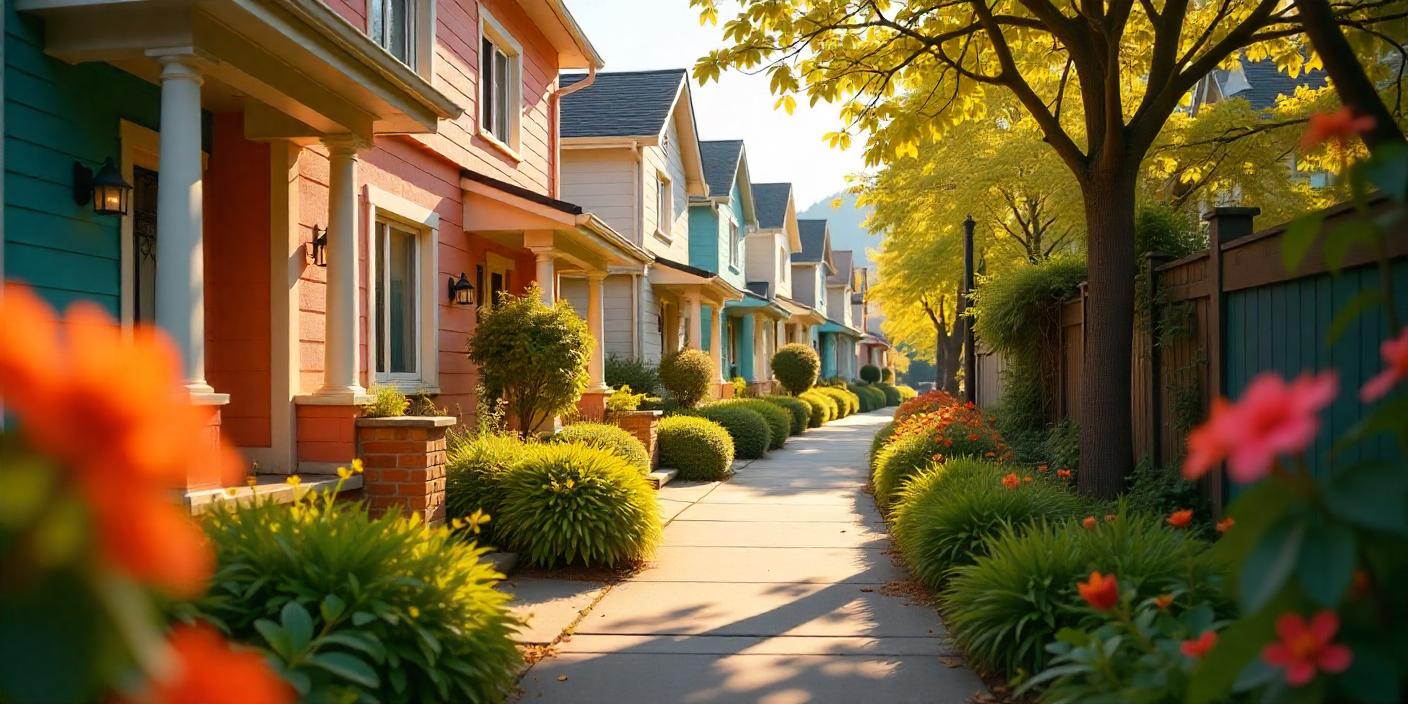
One great approach to create better communities via shared spaces in Johor is to support urban agriculture and community gardens. The construction of idle land into productive green areas has ecological as well as social advantages as urban cities like Johor Bahru and Iskandar Puteri expand.
Community gardens allow people from different strata of society to come together, share ideas, and work toward a common goal growing their own crops. This contact helps to promote friendships, instil a sense of belonging, and bridge cultural divides. Small plots in flats or landed housing locations may be turned into vegetable patches or herb gardens, therefore lowering family costs and providing occupants easy access to fresh food.
@ampquartzcabinets Smart details can bring you a smart kitchen 😎 Best kan kalau dapur macamni? #Ampquartz #smartkitchen #cabinetmaker #fyp #fypage
♬ original sound – AmpQuartz – AmpQuartz
Gardening can be included as a pedagogical instrument in schools and residential areas to instruct youngsters on nutrition, sustainability, and teamwork. Giving tools, compost bins, and gardening seminars, local governments can help these projects along and simplify citizen participation. Other creative solutions in densely populated places, rooftop farms and vertical gardens maximise space and green the cityscape. Furthermore, planning periodic harvest days or gardening contests can help to build a celebratory environment and strengthen neighbourhood pride.
In addition to encouraging eco-friendly behaviours and giving food security, these areas serve as casual meeting places where people naturally interact. Encouragement of urban farming will help Johor to create strong, fit communities and close-knit ones as well as to transform grey patches into lively, alive ecosystems. This method captures a forward-looking paradigm for urban design whereby humans, sustainability, and social cohesion take centre stage.
Building Stronger Communities 5: Design Inclusive Playgrounds And Recreational Areas
Building more cohesive communities via joint spaces in Johor depends critically on the creation of inclusive playgrounds and recreational spaces. These areas are inclusive spaces that provide a nurturing atmosphere where kids of different capacities can play side by side and families of all backgrounds can mix and socialise.
Adding accessibility features like wheelchair ramps, play panels to roll on, large corridors, and adaptive swings, an inclusive model accommodates kids with physical, sensory, or cognitive impairments. For spots like Taman Merdeka or Danga Bay, modifying existing playgrounds to be inclusive can turn them into lively oases of movement and togetherness.
Seating spots for caregivers, grandparents, and parents should also be included to promote intergenerational interactions and community bonding. Offering shaded areas, clean restrooms, and proper surfacing also enhances comfort and safety for everyone. Arranging community activities or play sessions in these locations helps to strengthen their function as common social hubs. By encouraging children's empathy and a more empathetic society, inclusive playgrounds clearly convey equality and acceptance.
Neighbourhood communities can assist in shaping space that actually meets their needs and creates a feeling of ownership through engagement in the planning process via town halls or surveys. Including local cultural components in design also gives the area pride and identity. Giving inclusive recreational areas first priority helps to guarantee that community spaces remain not only operational but also socially enriching, hence enabling closer, more tied local communities as Johor grows urban.

